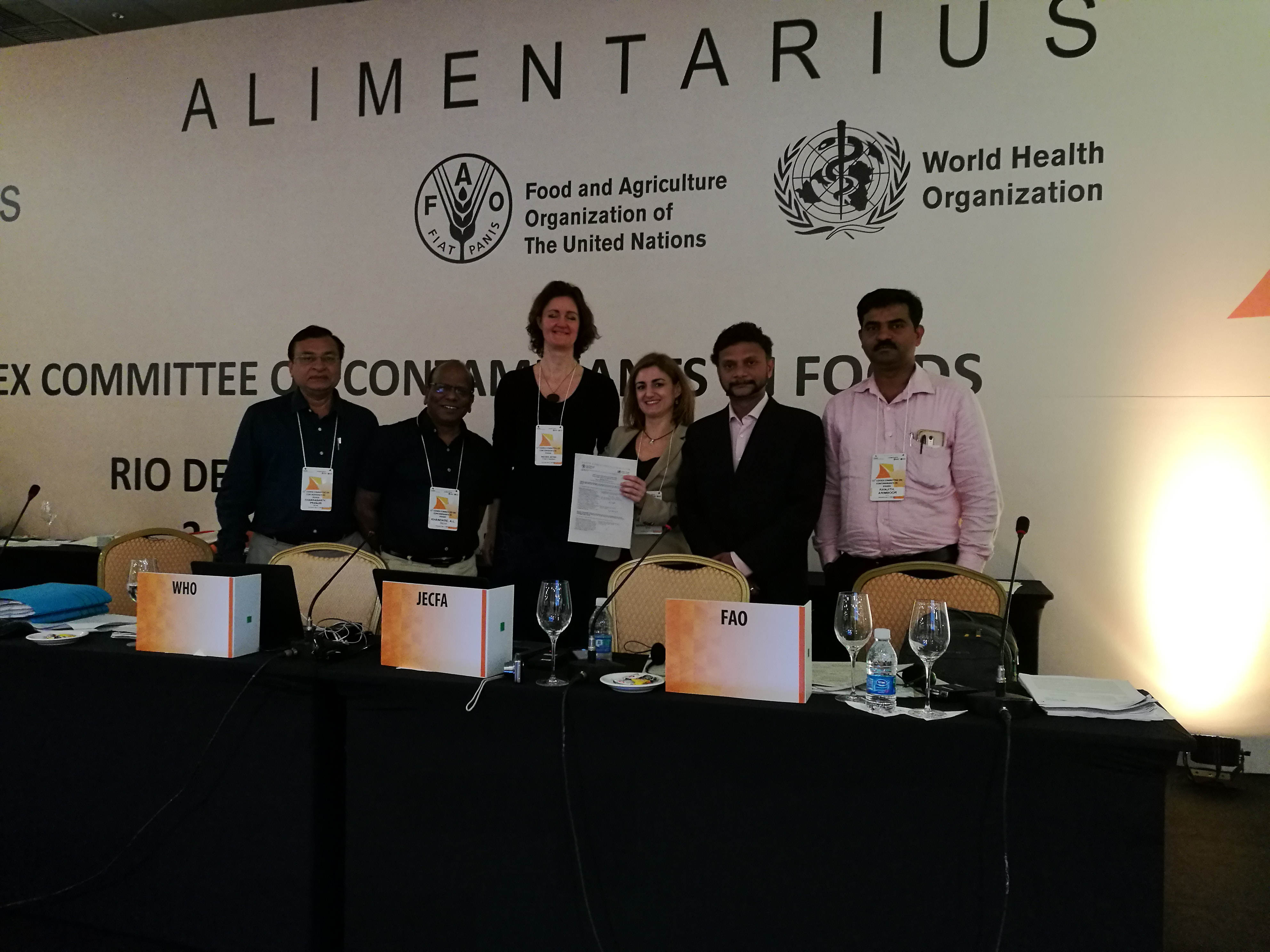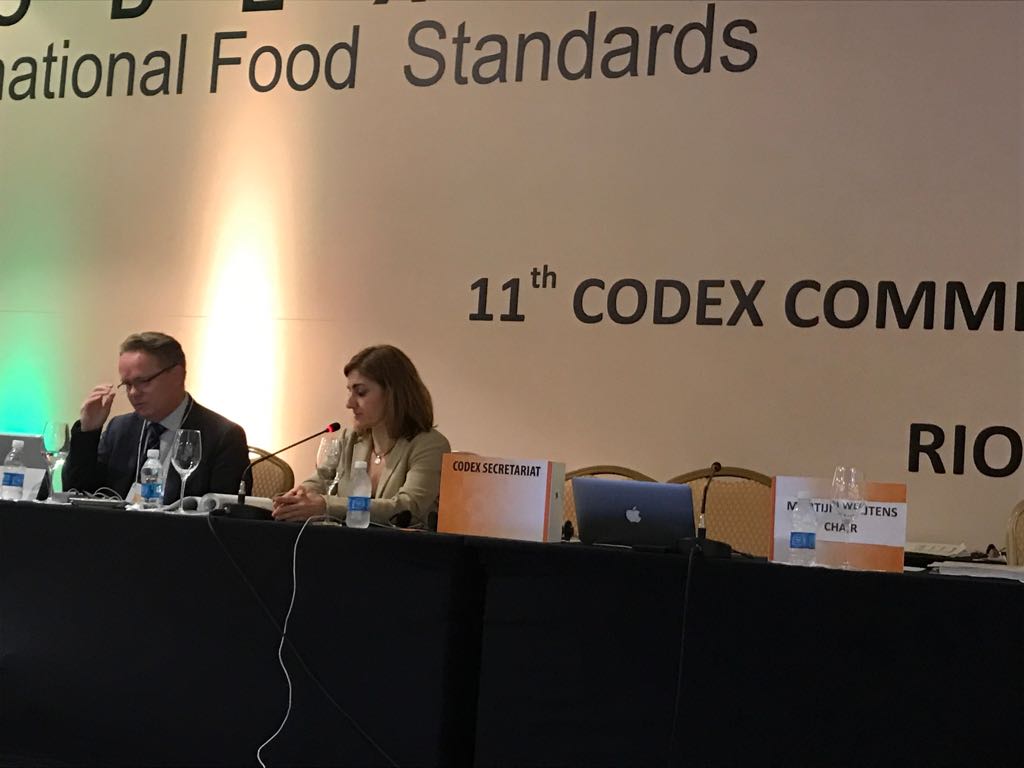First international food safety standard proposed and led by Spain in the history of the Codex Alimentarius
Post: Spanish Agency for Consumer Affairs, Food Safety and Nutrition
Date: 26 julio 2017
Section: Seguridad Alimentaria

At the celebration of the Codex Alimentarius Commission on their 40th edition, held in Geneva (Switzerland), from 17 to 22 July, the Code of Practice for the prevention and reduction of mycotoxins in spices was finally approved as a document of the Joint FAO/WHO Committee for the Codex Alimentarius. This is the result of the working group created over two years ago in the Codex Committee on Contaminants in Food (CCCF), presided over by the Spanish delegation, headed by Ana López-Santacruz Serraller, from the Deputy Directorate General for the Promotion of Food Safety of AECOSAN and co-presided by delegations from the Netherlands and India.
This is the first international food safety standard to be proposed and led by Spain in the history of the Codex Alimentarius, an organisation which is more than 60 years old. It is one of the standards to be approved in the shortest time (two years from the entry into the official process for drafting Codex standards). Member countries of the Codex were widely involved in the drafting and debate of the standard, aiming at all times to include their points of view and the particular nature of food production in their regions, always seeking the broadest consensus on the document.
The purpose of the Codex document is to establish a general Code of practice for the prevention and reduction of mycotoxin contamination in spices in order to obtain the lowest possible level of these toxins with the application of good practices at all stages of the food chain, thereby reducing consumer exposure by means of preventive practices.
The production, processing, packaging and distribution of spices can be very complex. These processes can span long periods of time and possibly include a wide range of establishments. This may lead to the formation of mycotoxins, which are fungal toxins produced by the secondary metabolism of some fungal genera including Aspergillus, Fusarium and Penicillium and which potentially have the capacity to affect human or animal health. In the EU, these are regulated by the maximum levels established in Regulation (EU) 1881/2006.
The recently approved Code of Practices includes Good Agricultural Practices (GAP), Good Manufacturing Practices (GMP) and Good Storage Practices (GSP) which will help to minimise the mycotoxin contamination at all stages of the production of spices from primary production to consumption (cultivation, harvest, processing and storage).
The president of the Codex Commission, Awilo Ochieng Pernet, and the Secretary of the Codex, and the representatives from the FAO and WHO congratulated the participants, in particular the delegations leading the work. At the plenary session of the meeting, the inclusion of a reference to the General Standard for Irradiated Foods (CODEX STAN 106-1993) in section 2.3.2 of the document was recommended, and it was finally adopted by the 152 delegations from the countries present.
For further information:
http://www.aecosan.msssi.gob.es/en/AECOSAN/web/seguridad_alimentaria/subdetalle/micotoxinas.htm
Informe de la 11ª reunión del Comité del Codex sobre contaminantes en los alimentos (SEE PAGE 44)
